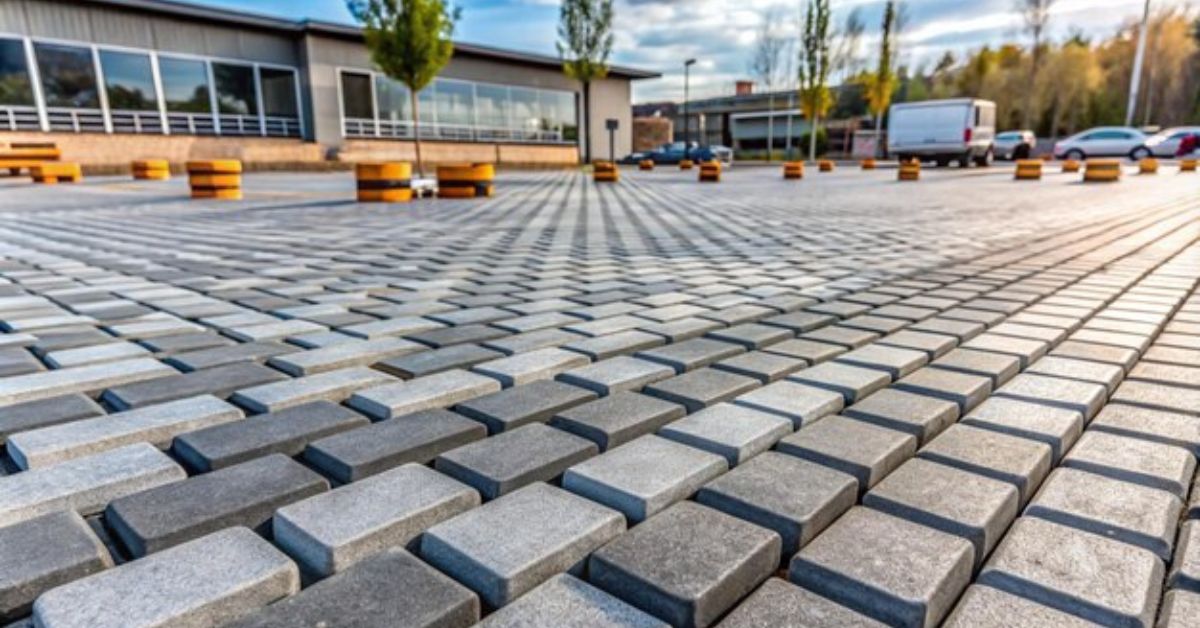Knowing how to turn off the water supply to your home is essential for managing emergencies such as leaks or repairs. If you live at 3822 Blossom Terrace, Erie, PA, this guide will help you locate and operate your main water shut-off valve effectively. Follow these detailed instructions to ensure you can quickly and safely turn off the water when needed.
Understanding the Importance of Shutting Off Water at 3822 Blossom Terrace
Turning off your water supply is crucial in situations where you need to prevent flooding, repair plumbing issues, or address leaks. Knowing how to locate and operate your main water shut-off valve can prevent water damage, reduce repair costs, and ensure the safety of your home. It’s important to be familiar with this process, especially if you encounter a plumbing emergency.
Finding the Main Water Shut-Off Valve
The main water shut-off valve is typically located where the water line enters your home. In Erie, PA, and similar areas, there are a few common locations to check:
- Basement or Crawl Space: In many homes, the main water shut-off valve is located in the basement or crawl space. Look near the foundation wall or where the water line enters the house. The valve is often found near the water meter or along the pipe leading into the home.
- Utility Room: Some homes have a dedicated utility room where the main water shut-off valve is installed. This room might house other essential systems like the furnace or electrical panel.
- Exterior Locations: In some cases, especially in homes with no basement or crawl space, the main shut-off valve might be located outside. Check around the perimeter of your home, often near the front or side yard, where the water line might enter the building.
- Garage: For homes with a garage, the main water shut-off valve might be located on an exterior wall that connects to the house’s water supply.
Types of Main Water Shut-Off Valves
Main water shut-off valves come in different types, and understanding their operation is key to effectively turning off the water:
- Gate Valve: This valve has a round wheel handle. Turn the handle clockwise to shut off the water. Gate valves require several turns to close completely.
- Ball Valve: This valve features a lever handle. To shut off the water, turn the handle 90 degrees so it is perpendicular to the pipe. Ball valves are known for their quick and reliable shut-off.
- Butterfly Valve: Less common in residential settings, this valve has a handle that turns to open or close the valve. Rotate the handle to the closed position to turn off the water.
Steps to Turn Off the Water Supply
- Locate the Valve: Use the descriptions above to find the main water shut-off valve at your home. Ensure you know its exact location for future reference.
- Prepare for Shut-Off: Before turning off the water, ensure you have a bucket or towels ready to catch any residual water that might spill from the pipes. Inform household members of the upcoming shut-off to avoid disruptions.
- Turn Off the Valve:
- Gate Valve: Grasp the round handle and turn it clockwise. Continue turning until the handle is fully closed. This may require several turns.
- Ball Valve: Move the lever handle to the perpendicular position relative to the pipe. Ensure it is fully in the off position.
- Butterfly Valve: Turn the handle to the closed position, typically perpendicular to the pipe.
- Verify Water Shut-Off: Open a faucet or tap inside the house to check if the water has been successfully turned off. There should be no water flow from the faucet. If water is still flowing, recheck the valve and ensure it is fully closed.
Dealing with Common Issues
- Valve Hard to Turn: If the valve is difficult to turn, it might be corroded or stuck. Apply some penetrating oil to loosen it, but avoid using excessive force that might damage the valve.
- Leaking Valve: If the valve itself is leaking, you may need to replace it or call a professional plumber. Leaking valves can cause water damage and should be addressed promptly.
- No Main Valve Found: If you cannot locate the main water shut-off valve, check with your local water utility company for guidance. They can provide information on typical valve locations or send a technician for assistance.
Turning Water Back On
Once you have completed your repairs or resolved the issue, you will need to turn the water supply back on:
- Slowly Open the Valve: Turn the valve handle slowly to avoid creating a sudden surge of pressure in the pipes. Open the valve in the reverse order of how you closed it.
- Check for Leaks: After turning the water back on, inspect the area around the valve and any affected pipes for leaks. Address any leaks immediately to prevent water damage.
- Flush the System: Open faucets throughout the house to flush out any air and debris that might have entered the pipes during the shut-off. This also ensures that water flows correctly through the system.
Preventive Measures and Maintenance
To avoid future issues with your water shut-off valve:
- Regular Inspections: Periodically check the condition of your main water shut-off valve to ensure it is functioning correctly. Address any signs of wear or damage promptly.
- Keep Accessible: Ensure that the area around your main water shut-off valve is easily accessible and not obstructed by stored items or debris.
- Educate Household Members: Make sure all household members know the location of the main water shut-off valve and how to operate it. This knowledge is crucial in emergencies.
Conclusion
Understanding how to turn off the water supply at 3822 Blossom Terrace, Erie, PA, is essential for managing plumbing emergencies and maintaining your home’s safety. By locating the main water shut-off valve, understanding its operation, and following the steps outlined in this guide, you can effectively manage water supply issues. Regular maintenance and preparedness will help ensure that you are equipped to handle any water-related challenges that arise.







